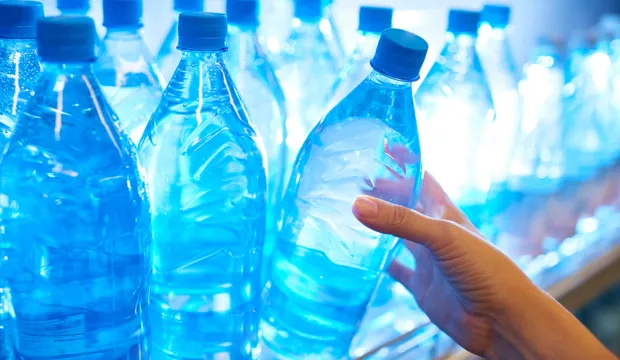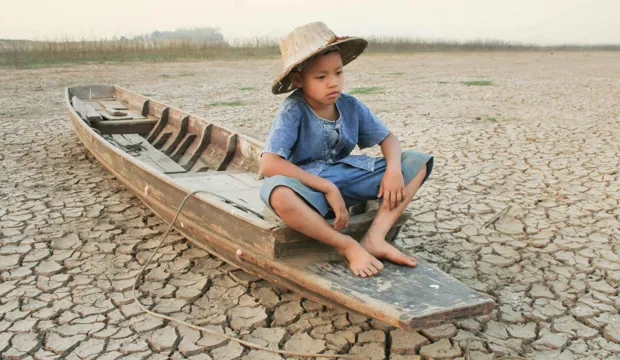
Water conservation
Compare water usage within the UK to that of other countries
In this engaging activity students will examine the link between water usage at home and the number of people living in their household, as well as comparing the water usage within the UK to that of other countries.
It involves estimating personal daily water usage, interpreting complex data, and understanding how different lifestyles impact water usage. It's a great opportunity for students to apply their mathematical and analytical skills to real-world problems.
This is one of a set of resources developed to aid the teaching of the secondary national curriculum, particularly KS3. It has been designed to support the delivery of key topics within maths, science and design & technology (DT). This lesson plan continues the theme of water usage developed in the Sewage Tunnels activity but can be delivered independently should the teacher wish. There is also a follow-on Water Consumption activity.
Activity: Comparing water usage within the UK to that of other countries
Students must estimate how much water they use each day and apply their mathematical understanding to interpret a wide range of complex data to develop their appreciation of why water usage is such an important issue.
Next, they'll watch the enlightening 'Pure Water' film, which will provoke discussion about the types of activities that consume water at home and the estimated water usage for each. This conversation is further expanded by analysing data on average American water usage for various household activities, such as toilet flushing.
The real challenge comes when students are asked to estimate the average water usage per person in the UK, using the American data as a guide. This sparks a lively debate on whether certain factors like the number of toilet flushes per day or cistern size are culture-dependent or universal.
Finally, students consider how different lifestyles impact on water usage, and why it is important to conserve water.
Download our activity overview, presentation and worksheet for a detailed lesson plan for teaching students about water conservation. We also have a class quiz.
The engineering context
Students will learn how engineers use mathematical modelling to predict and address issues related to water usage and conservation. By demonstrating how engineering can be used to solve real-world problems, students will see the relevance and importance of their mathematical studies.
Suggested learning outcomes
Upon completion of this activity, students will have enhanced their ability to analyse and interpret a broad range of data. They will gain a deeper understanding of how mathematical modelling is used in real-world scenarios to predict outcomes and solve problems. Additionally, by reviewing, recreating, and possibly improving the mathematical information presented by a Water Board, students will significantly boost their mathematical understanding and application skills.
Download our activity sheet and other teaching resources
The lesson plan includes teachers’ notes, useful web links, and links (where appropriate) to the national curriculum in each of the four devolved nations; England, Northern Ireland, Scotland and Wales.
All activity sheets and supporting resources are free to download, and all the documents are fully editable, so you can tailor them to your students’ and your schools’ needs.
You can download our step-by-step classroom lesson plan instructions below as well as a presentation and worksheet.
Please do share your highlights with us @IETeducation.
Available Downloads

Activity overview
How Much Water 1 activity description, teachers' notes and curriculum links.

Presentation
A closer look at how sewage tunnels are made and facts on household water use.

Handout
Running Water - what engineers do for us to have clean running water.

Quiz
How important is water to human life? Take the quiz and test your knowledge - but be careful because each wrong answer will result in an increase of bacteria in the water supply


